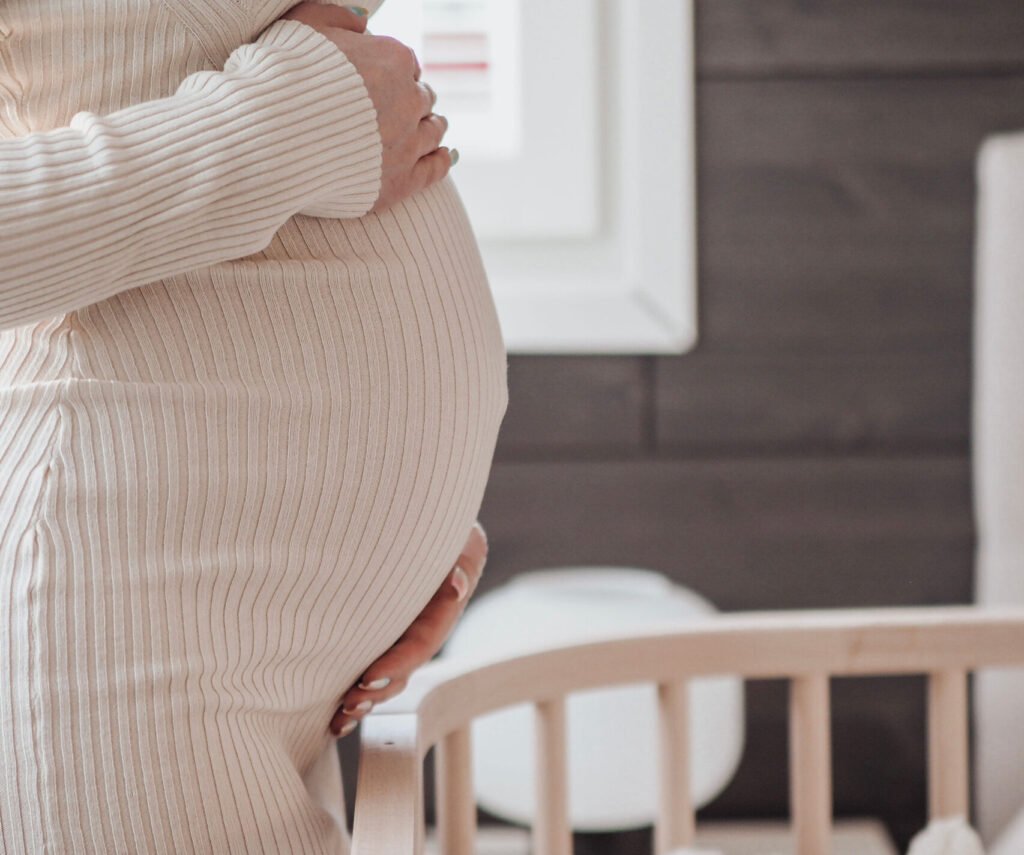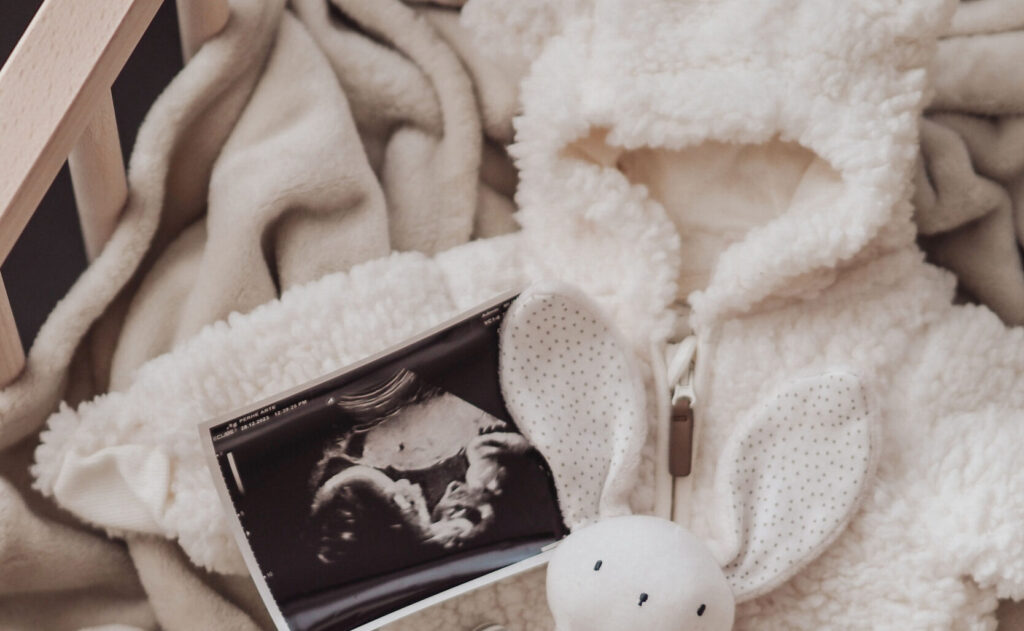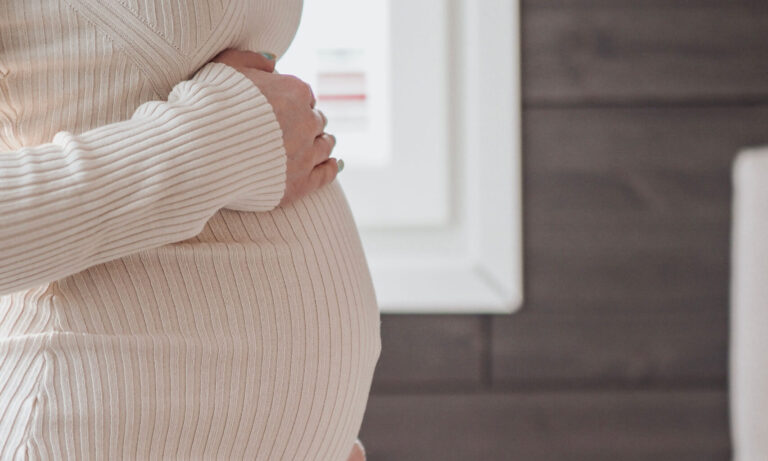The journey that ends with the birth of a new human being is full of miracles and complex processes. The stages of fetal development are unique to each individual and build the foundation for the rest of the child’s life. In this article, we will dive deep into this amazing journey, which starts from a simple cell and goes through a multi-step process that eventually leads to the birth of a fully formed baby. Come and discover how life begins and develops in the womb on the journey towards the miracle of a new life.
The first four weeks: The journey from the egg to the fetus
The miraculous journey towards a new life begins at conception, when the father’s sperm and mother’s egg combine to form an embryo. The first four weeks of fetal development are significant because, although external changes are not yet visible, the embryo undergoes complex cellular development at this stage. The process of embryo formation begins immediately after fertilisation, when the merged cell divides several times as it travels towards the womb. Each division creates an increasingly complex cellular structure that gradually forms the fetus. This is also the time when the embryo’s vital organs are formed, such as the heart, which starts beating as early as the fourth week. Although these first weeks are delicate and challenging, they are also vital for the continuation of the pregnancy. Every little step takes the embryo closer to the day when it can be called a new baby.
First trimester: The foundation for a new life
In the first trimester, important changes take place that lay the foundations for the growth and development of the fetus. During the first twelve weeks, the heart starts beating and the brain, spinal cord, pancreas and liver begin to develop. During this time, the limbs also begin to take shape. Under the skin, a vascular system is formed which, together with the placenta, ensures the fetus’ nutrition and oxygen supply. During this time, the fetus also gets its gender.
Hormonal changes can cause pregnancy symptoms such as nausea and fatigue for the mother. Every day is critical as the fetus’ body is changing and developing rapidly. At the end of the first trimester, the fetus already looks like a tiny baby, even though it is only a few centimetres in size. At this stage, most of the embryo’s development has already taken place, but this is an absolutely essential foundation for the growth and development of the fetus during the rest of the pregnancy.
Changes in the second trimester: Acceleration of growth
The second trimester brings big and rapid changes. From the 13th week to the 26th week, the fetus experiences major growth spurts on its journey towards human-like development. Early on, the fetus develops fingertips and eyes and starts to grow hair. The fetus’s face at this stage also develops into a more recognizable face. According to health officials, during these weeks the fetus may start to move and kick, and some women may feel these first movements.
The fetus’ vital functions accelerate towards the end of the second trimester. Bones begin to strengthen and organs such as the kidneys and liver start to function. The fetus also learns to swallow and suck its thumb, preparing it for future feeding and breathing after birth. By the end of this stage, the fetus begins to look more like the baby we are used to. The eyes, ears and nose are now in the right places, and fat begins to develop under the skin to help the baby retain heat after birth.
These early sensory experiences help prepare the fetus for the world that awaits outside.
The senses awaken: How the fetus senses the world in the womb
Contrary to the common belief, the fetus is not a passive passenger in the womb. Although its abilities are limited, the fetus’s senses begin to develop and prepare for the outside world. The awakening of the senses takes place in the third trimester, around the 18th to 25th week of pregnancy. The first sense that awakens is the sense of touch. As early as the 8th week of pregnancy, the fetus reacts to touch, and approaching week 20, it can feel the wall of the mother’s uterus. Hearing is the next sense to awaken. The fetus can hear the mother’s heartbeat, digestive sounds and even external sounds such as the mother’s voice. The senses of taste and smell also develop, allowing the fetus to recognize the flavors of the mother’s diet in the amniotic fluid. Last but not least, the fetus develops its sight. Although it is dark in the womb, the fetus’s eyes are open during the last weeks of pregnancy and it can barely recognize light from outside the womb. These early sensory experiences help prepare the fetus for the world that awaits outside.
Check out the baby’s development stages here!
Final preparations: Development in the last trimester of pregnancy
The last trimester, covering weeks 27-40, is all about continued growth and preparation for birth. The fetus grows rapidly at this stage and accumulates fat to conserve heat after birth. At this time, the fetus also completes the fine-tuning of various organs, such as the lungs, and also the functioning of organs that are not fully developed until the beginning of this last trimester.
Significant brain development also takes place during this period. The cerebral cortex, which is responsible for higher cognitive functions such as memory, awareness and language, is constantly developing during this period. At the same time, the fetus continues to interact with the mother, reacts to sounds and kicks regularly. Towards the end of pregnancy, the fetus also begins to make changes in its position to prepare itself for birth. In most cases, it turns in the womb so that the head points towards the cervix, which is the best position for the baby to be born. These final preparations ensure that the baby is ready to be born and adjust to life outside the womb.
Did you know that it is possible to induce labor naturally? Read our advice here!

On the threshold of childbirth: What happens just before the big day?
The threshold of childbirth is an extremely exciting and awaited period. In the last days before birth, the baby’s body makes the final preparations necessary for an independent life outside the womb. For example, the fat layer of the baby’s body has reached the required size, and this helps the baby maintain body temperature after birth. Nature has arranged things so that most babies turn their head towards the cervix shortly before birth. This is called head rotation. At the same time, hormones such as progesterone prepare the mother’s cervix for childbirth by softening its structure.
Finally, the contractions of the uterus begin as the so-called initiation of labor. These early contractions may be irregular and last for many hours, but over time they will become more regular and stronger as a sign that baby is on the way and the big day is approaching. The health of both mother and child is of primary importance during childbirth, and medical professionals do everything possible to ensure this. Whether it is the first birth or a mother of several children, each birth experience is unique and marks the beginning of a wonderful life.
The embryo’s first movements: From conception to the placenta
Immediately after conception, the wonderful journey from an egg to a baby begins. It all starts with a single fertilized egg, called a zygote, which begins to divide and multiply rapidly, eventually forming a multicellular embryo. This process of division continues rapidly until the embryo has built a whole set of cells that will form the future fetus and its vital support, the placenta. This complex process is controlled by a wide variety of signals and genes that ensure that every vital part and organ develops as it should.
The placenta is one of the last parts to develop. It forms a vital connection between the mother and the fetus – it supplies oxygen and nutrients to the fetus, removes waste and protects the fetus from infections. At a very early stage, the embryo already has a complex cell structure, which gradually develops into a fetus. Every small step it takes brings the embryo closer to the day when it can be called a baby.
The alchemy of miracles: The cooperation of genetics and environment in fetal development
In fetal development, genetics and environment are like two skilled dancers who move in sophisticated harmony, creating a comprehensive story of life. Genetics lay the foundation for the development of the fetus, determining the fundamental characteristics of the fetus, such as eye color or blood type. But equally important are environmental factors that can steer some of these assumptions down a slightly different path.
Various environmental factors can affect the growth and development of the fetus during pregnancy. These factors may include the mother’s nutritional intake, stress level, medication use, smoking, alcohol use, and exposure to harmful substances in the environment. These factors can affect epigenetic regulation – the process that adjusts gene activity without changing the DNA molecule itself. With the help of epigenetic regulation, environmental factors can cause even permanent changes in the functioning of the fetus’s genes.
Although genetics lays the foundation for our development, environmental factors can fine-tune this development in different directions. This may explain why even identical twins with identical genes can grow up to be two different individuals, both physically and psychologically. Genetics and environment together form a unique combination that directs each of us to our own unique path.
These first moments mark the baby’s first steps in the new world.
Baby’s first moments in the world
At the moment of birth, the baby encounters several first experiences: the first breath, the first touch in the mother’s arms, the first sound, the first light. These are huge changes for the baby. The first moments are intense and critical, as the baby quickly adapts to the new environment outside the womb.
To guarantee the baby’s successful adaptation, doctors and midwives monitor the baby’s vital signs and reflexes closely immediately after birth. They make sure that the baby is breathing properly, that its heart rate is fast enough, and that its muscles and nervous system are working properly. The first physical contacts, such as skin-to-skin contact with the mother, and breastfeeding, the baby’s first meal, are extremely important for the baby’s adaptation, health and well-being.
For 40 weeks, the baby has developed from an egg into a multifaceted little human, and its journey to a wonderful life has only just begun. These first moments mark the baby’s first steps in the new world and promise many wonderful moments to come.
Check out our comprehensive guide on baby’s daily rhythm here!
Why are Moomin baby diapers so suitable for a newborn?
Moomin baby diapers are known for their precise design and excellent quality. Their characteristics make them ideal for newborns. Firstly, Moomin baby diapers are designed to mold to the newborn’s body, which means they fit your newborn perfectly while providing comfort and flexibility for your baby’s active day. Another important factor is the softness of the diapers. Moomin baby diapers are made from very soft materials that keep the baby’s skin dry and healthy. This is very important, because a newborn’s skin is very sensitive and easily reacts to irritation. In addition, Moomin’s baby diapers are highly absorbent, which ensures that the baby’s diaper stays dry for a longer time. This is important, because newborns need diaper changes often.
Last but not least, the manufacturing process of Moomin baby diapers is environmentally friendly. The material used in them is 100% biodegradable and their manufacturing process does not pollute the environment. All in all, these features make Moomin diapers an excellent choice for newborns and their parents who want the best possible care for their baby.
Find our Moomin Baby products here!










